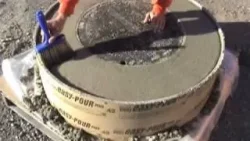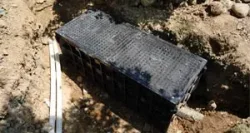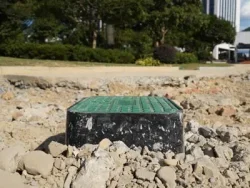2022-05-17
California's population in 2022 is estimated to be 38.9 million residents, its most populous state in the US across a total state area, California is also a “land of opportunity.” Tech giants including Apple, Facebook and Google are based in California. The state serves as a hub for the country’s innovative technology companies and has 70+ internet service providers, including AT&T, Cox, Frontier, Spectrum and Xfinity. Californians can choose internet plans with fiber connection options, DSL, or satellite. However, 25% of people in California don’t have access to good bandwidth internet.
What are Optic Cables
The optic cable sends information coded in the pulsing of light down a glass or plastic pipe. It was originally developed for endoscopes in the 1950s to help doctors see inside the human body without having to cut it open first. In the 1960s, engineers found a way of using the same technology to transmit telephone calls at the speed of light (normally that's 186,000 miles or 300,000 km per second in a vacuum, but slows to about two-thirds this speed in a fiber-optic cable).
The Increasing demand for communication having high bandwidth is flourishing the market growth. These bandwidth systems are used to easily transfer voice, data, and images to a distant area. The evolution of fiber-integrated infrastructure has magnificently boosted the demand for fiber optic cables and fiber optic networks,
Differences Between fiberglass and plastic
There are two main types of material used for optical fibers: glass and plastic. They offer widely different characteristics and find uses in very different applications. Generally, plastic fiber cable is used for home and consumer applications for easy connections, whereas fiberglass cable is used for short/medium-range (multi-mode) and long-range (single-mode) telecom network infrastructure. Materially, the plastic optic cable can serve 30 + years, whereas fiberglass optic cable has longevity of 100+ years without hazard.
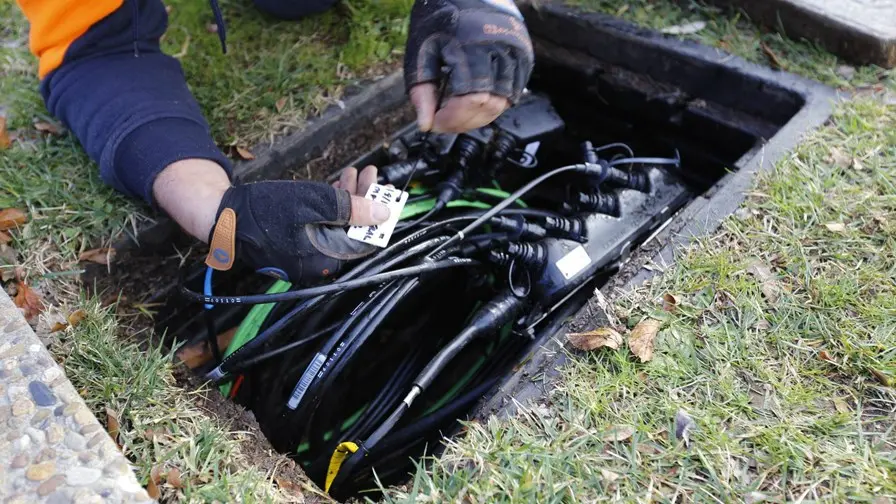
Fiberglass Cable
Standard fiber optic cables have a glass quartz core and cladding, where impurities are added to the core to produce the desired refractive index to guide the light. Glass fiber optic cable offers lower attenuation than glass fiber optic cable its plastic counterpart.
The core is the highly refractive center of the fiber, which acts as a “light guide.” For standard telecommunication single-mode fiber (SMF), the core diameter is around 9 microns and the cladding diameter is 125 microns. SMF is utilized in long-haul applications with transmission distances up to 100km, without the need for any repeater.
Multi-mode fiber (MMF) typically uses a core/cladding diameter of 50 microns/125 microns, which provides less reach – up to approximately 2km – due to increased dispersion as a consequence of the larger diameter core.
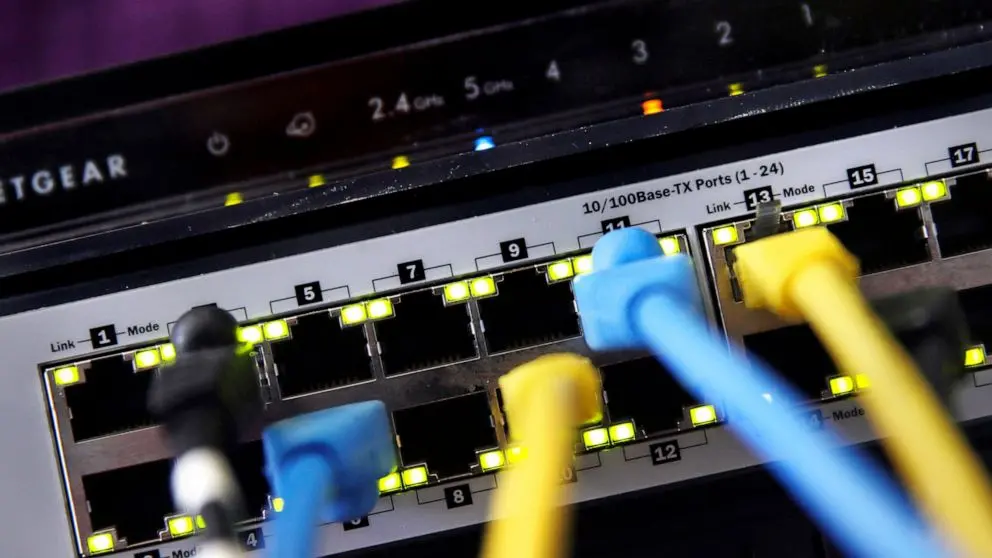
Plastic fiber optic
POF fiber is made out of plastic such as acrylic (PMMA) as the core material and fluorinated or perfluorinated polymers as the cladding materials. It carries optical signals along a core made from plastic, instead of the more traditional silica, the price of which is much cheaper. It can cost approximately one-fifth as much as comparable glass fiber. Which puts it within reach of more consumers. Customers who want to connect to the silica fiber optical network maintained by a telecommunications company usually cannot afford traditional optical fiber for internal wiring, but the plastic optical fiber can help to make the connection.
Every user wants to make the best of 100 of the connection on the internet that he paid. If you’ve already realized that with PLC or WIFI we simply cannot get the maximum megabytes that we’re paying to our operator then perhaps you’ve heard about(POF) plastic optical fiber. POF is a plastic cable that can transmit light in a very similar way to fiberglass. POF is much thinner and resistant to bending, for this reason, we use it to create stable connections in the place where we don’t have much space to rest cables, which happens in private homes.
Plastic fiber optic systems provide the same advantages as glass optical fiber (GOF) but at lower cost and easier use. Glass optical fiber systems have received more attention than POF, mainly due to their rapid acceptance in telecommunications as data rates up to 100 Mbps and distance up to 100 meters.
However, POF has two important weaknesses: it has significantly lower bandwidth than GOF, and its attenuation is far higher. Recent developments conquering both of these issues now mean that POF is regarded as the strongest candidate at present for optical data transmission over the last hundred meters. And POF has limited longevity when compared to fiberglass optic cables.
Optic Infrastructure of Fiberglass Handhole
According to Google, over 95% of urban traffic goes through fiber optic cables, whereas fiberglass cables are fragile to compact or bend, and are a risky threat to creatures such as raccoons, rats, etc. hence fiberglass cables are often buried in the ground because of reliable protection and low infrastructure construction cost, fiberglass handhole or fiber optic pedestals are telecom infrastructure that allows hundreds of bandwidth ports.
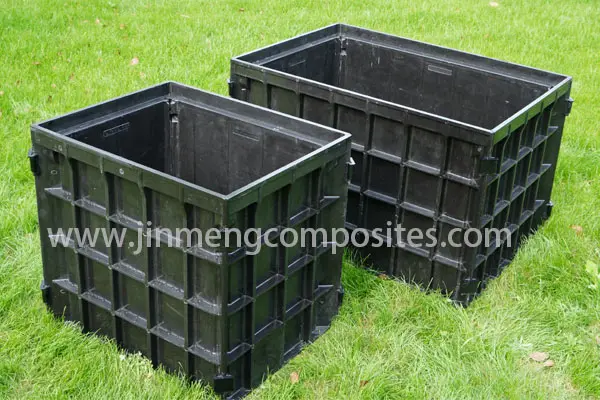
Telecommunication is a rapidly growing industry that requires communications service providers to maintain and expand their fiber optic infrastructure constructions. fiberglass handhole protects and allow pedestal junction with easy access to the components for repair, inspection, or reconfiguration. The JinMeng underground telecom products offer a wide range of sizes and are preferred and specified by any tailored telecom project.
How to Select The Right Irrigation Valve Box for Your Business
